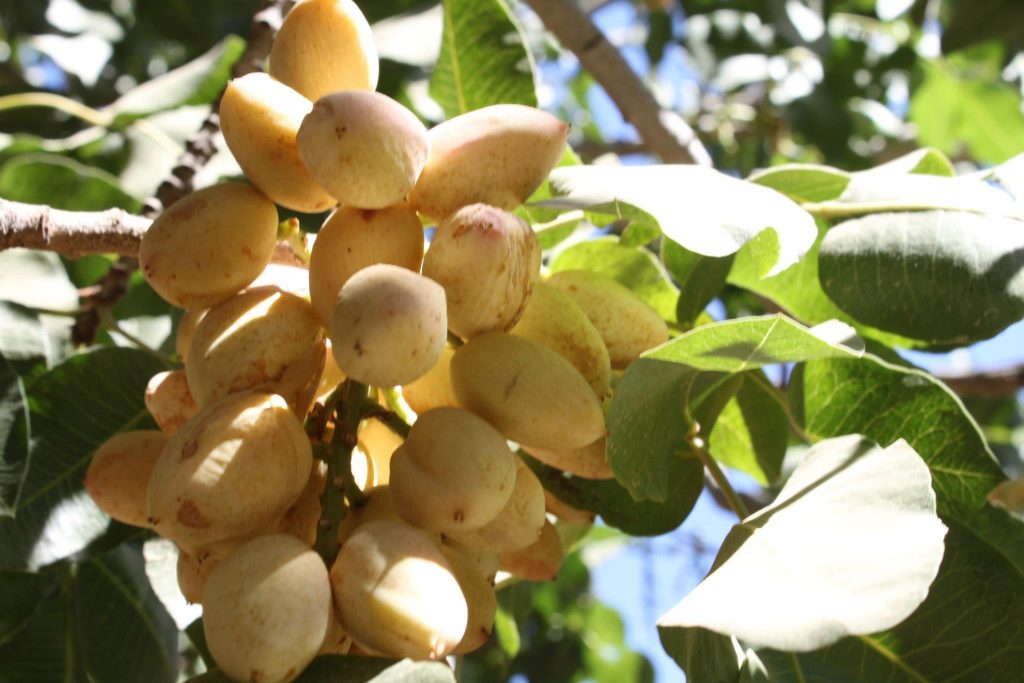
Navel orangeworm (NOW) hit the pistachio crop hard in 2016. Experts estimate NOW cost pistachio growers $100 million total last season. So far, the rare wet winter will help keep over-wintering populations down, but growers need to dedicate attention to the pest.
NOW has been a rising concern for pistachio growers. Experts have recommended pistachio producers start practicing the integrated pest management that almond growers employ. 2016 might have been a banner year for the pest. “In 2016, I’d say we didn’t see some cost to the industry, we saw a lot of cost to the industry,” California Research Board Manager Bob Klein said. “The percent of damaged nuts in the harvested crop exceeded an average of 2 percent.”
Last year was a record-setting year for the pistachio crop. Klein said 2 percent of that total is a big number. “In a 900-million-pound crop, that means 18 million pounds of damaged nuts are sitting in the processors’ silos and need to be sorted out,” he said.
Estimating the true costs of the damaged nuts to the industry takes some thought. Klein spoke at the recent Statewide Pistachio Day and showed a very large estimated dollar amount to attendees. “The cost of those nuts alone, at nominally $2 a pound, is roughly $35 million dollars alone,” he said. “And then the cost of sorting out those pistachios adds another couple cents a pound probably. In addition, you have to increase testing for aflatoxin and of increased numbers of rejections … I figure all-in-all, with lost markets and direct losses in the field that we can see, it’s probably about $100 million.”
Concerns are now that populations of the pest will roll over into 2017. It’s an off year for the alternate bearing crop, and it might be worse for some growers who see more NOW damage. “We anticipate having a large 2016 carryout … but a lot of that is going to be stuff that is hard to sort,” Klein said. “And then we will have a lot of over-wintering navel orangeworm from the crop that wasn’t harvested last year and that will lead to increased population numbers in 2017.”
Good sanitation is a key practice for NOW management. Klein said that is especially true this winter, when California is seeing excessive rain. “One good thing is we have seen a fair amount of rain. With the nuts that are on the ground, the navel orangeworm tends not to survive well with wet weather,” he said. “So if you are in an area that sees a lot of wet weather and you have gotten all of those nuts on the ground, then you might be in okay shape in regard to populations.”










